Going Up and Going Down
Plane and Pilot
JULY 2, 2025
When discussing climb technique, it’s easy to confuse high power setting with increasing lift. It’s the wing that generates lift, not the engine. This climb speed is determined by minimizing the two sources of drag acting against the airplane. Although optimum, V Y is simply in the middle of a fairly broad lift-over-drag curve.




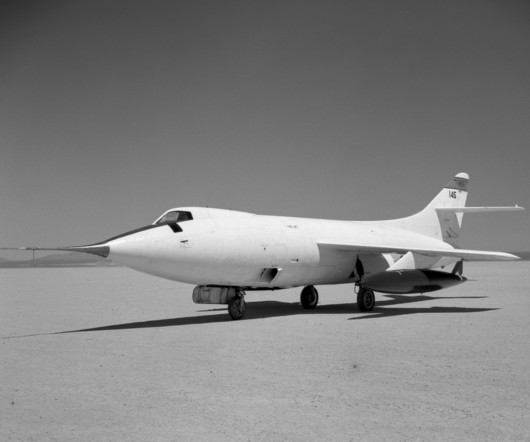
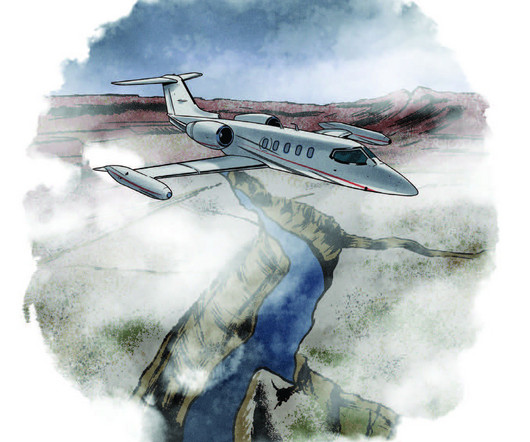






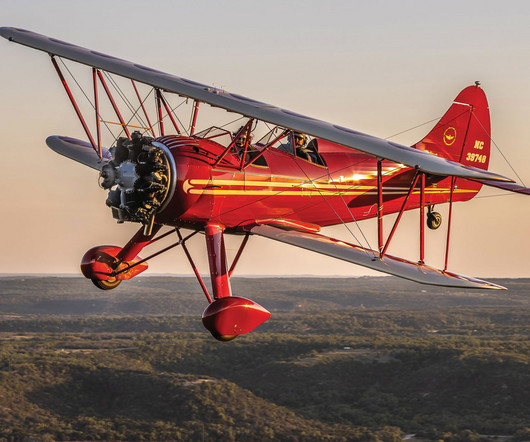


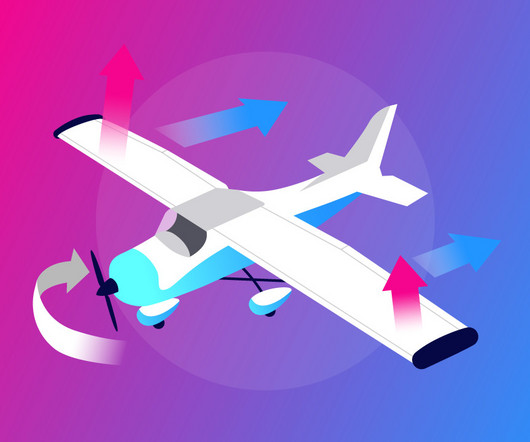
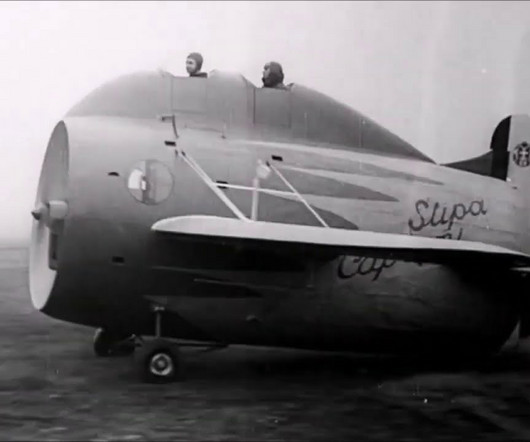

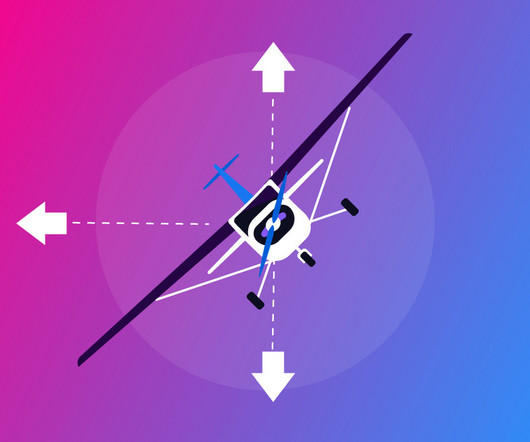


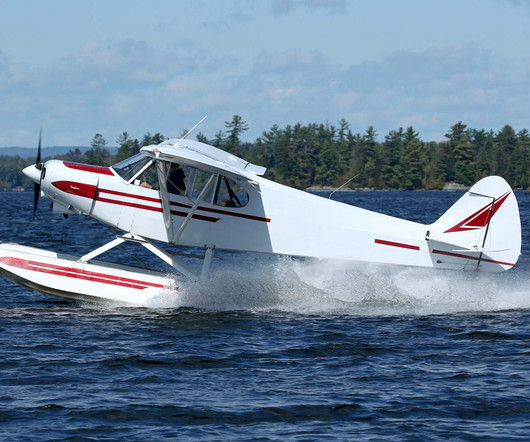
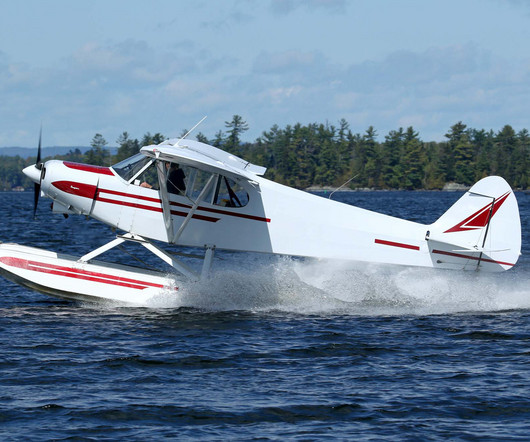



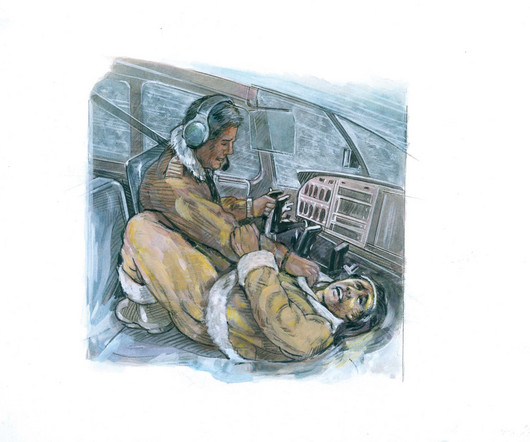

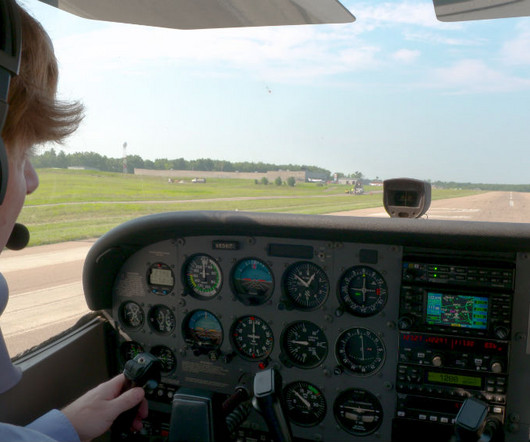








Let's personalize your content